Advanced Combustion Training Course
Original price was: $460.00.$310.00Current price is: $310.00. Student Discount
- Combustion Concepts, ANSYS Fluent
- Partially Premixed Combustion, Non-Adiabatic, Chemical Equilibrium, ANSYS Fluent CFD Training
- Partially Premixed Combustion Composition PDF Transport
- Wet Combustion Using DPM Combusting Particle
To Order Your Project or benefit from a CFD consultation, contact our experts via email ([email protected]), online support tab, or WhatsApp at +44 7443 197273.
There are some Free Products to check our service quality.
If you want the training video in another language instead of English, ask it via [email protected] after you buy the product.
Description
Advanced Combustion Training Course
Welcome to our Advanced Combustion Training Course, a comprehensive package intended to teach you all you need to know about advanced combustion modeling using ANSYS Fluent. This course discusses combustion ideas, partly premixed combustion, non-adiabatic combustion, chemical equilibrium, composition PDF transfer, and wet combustion employing DPM combusting particles.
This course will teach you the essential ideas of combustion, such as the many forms of combustion and the governing equations. You will also learn about the ANSYS Fluent interface and the fundamental tasks in configuring a combustion simulation.
You will examine partly premixed combustion, non-adiabatic combustion, chemical equilibrium, composition PDF transfer, and wet combustion employing DPM combusting particles as you go through the course. You’ll learn how to simulate non-adiabatic processes and how to represent them. You’ll also learn how to build and run a wet combustion simulation using DPM combusting particles and evaluate the results.
By completing this course, you will have a thorough grasp of advanced combustion modeling using ANSYS Fluent and the knowledge and abilities required to flourish in this sector. This course is ideal for anybody wishing to improve their engineering abilities and progress in their profession, whether you’re a novice or an expert. Enroll today to take the first step toward becoming an expert in advanced combustion modeling!
Lesson 1
In this lesson, you will first see a general introduction to combustion and an overview of available simulation techniques and models in ANSYS Fluent. This section contains the following subsections:
- Introduction and overview of the combustion
- Introduction to different combustion applications
- Overview of different related physics to combustion
- Physics of combustion
o Premixed combustion
o Non-premixed combustion
o Partially premixed combustion
- Summary of different fast and finite rate chemistry models implemented in ANSYS Fluent
Lesson 2
In this lesson, we will talk about partially-premixed combustion. We model the combustion process inside a combustion chamber with integrated inlet boundaries for fuel and air by assuming chemical equilibrium among chemical reactants and products. This section contains the following subsections:
- Chemical equilibrium model
- Non-adiabatic combustion
- Creating a PDF table for combustion
- Using Simmons flame speed model
- Analyzing the data
Lesson 3
The last lesson will discuss partial differential function (PDF) transport model combustion composition. We will first model the combustion process inside the chamber using what we learned from the previous chapter to obtain an initial solution for the PDF transport model.
In the second part, we will show you how to decrease the computation time by considering a few assumptions. Finally, we will put the considered assumption aside and fully employ the PDF transport model to obtain a final and accurate solution. This section contains the following subsections:
- Partially premixed+equilibirium model as an initial solution
- ISAT table
- Chemistry agglomoration
- Pure composition PDF transport model
- Analyzing the data
Lesson 4
This lesson will discuss Wet Combustion Using the DPM Combusting Particle model. To replicate the burning of anthracite volatile, this technique uses combusting particles to create a simulated combustion chamber. We aim to follow fuel particles as they devolatilize or oxidize, releasing gases like carbon dioxide and water vapor. This section contains the following subsections:
- Species Transport Model
- Volumetric combustion
- DPM combusting particle
- Wet particles

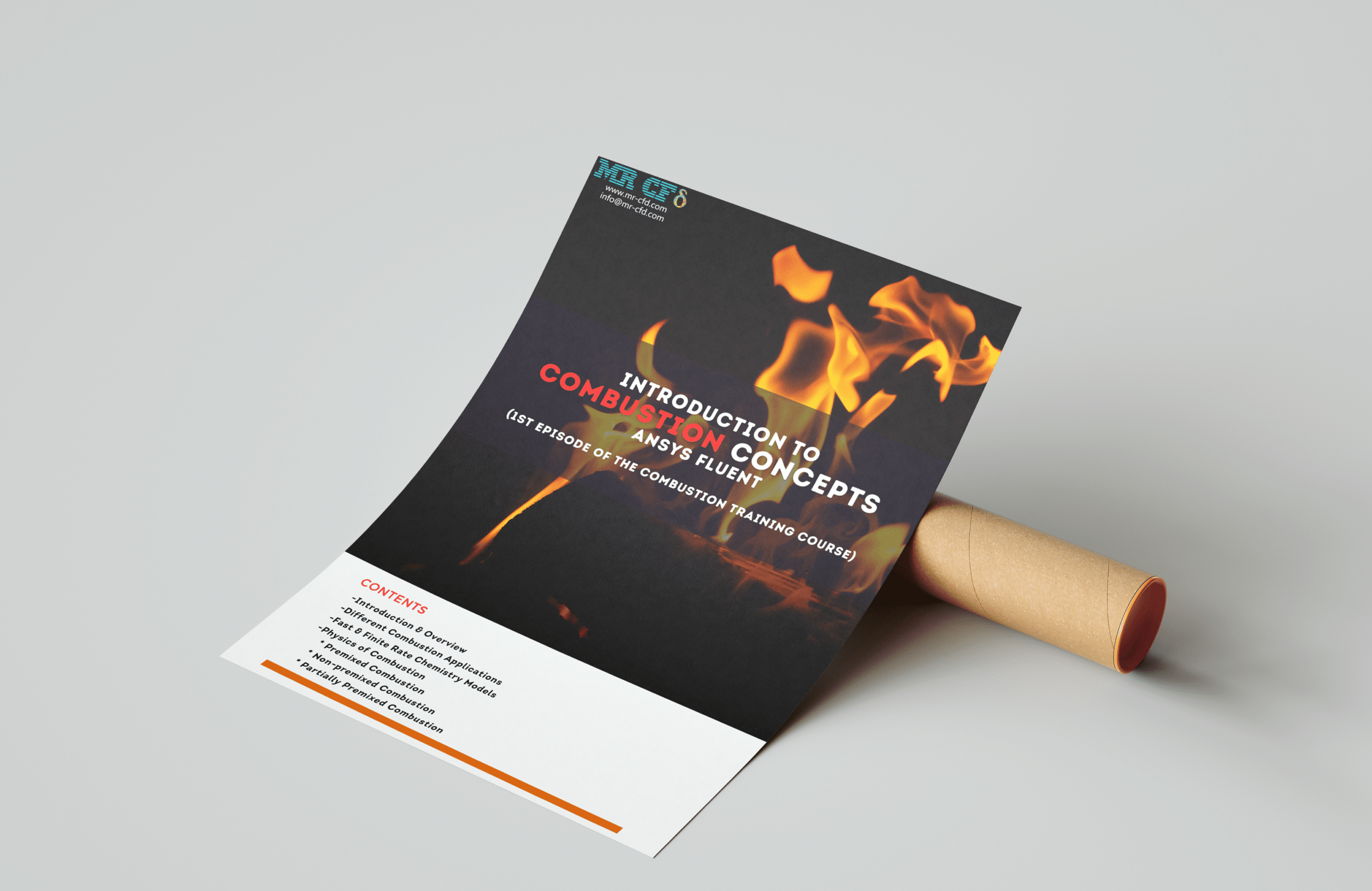
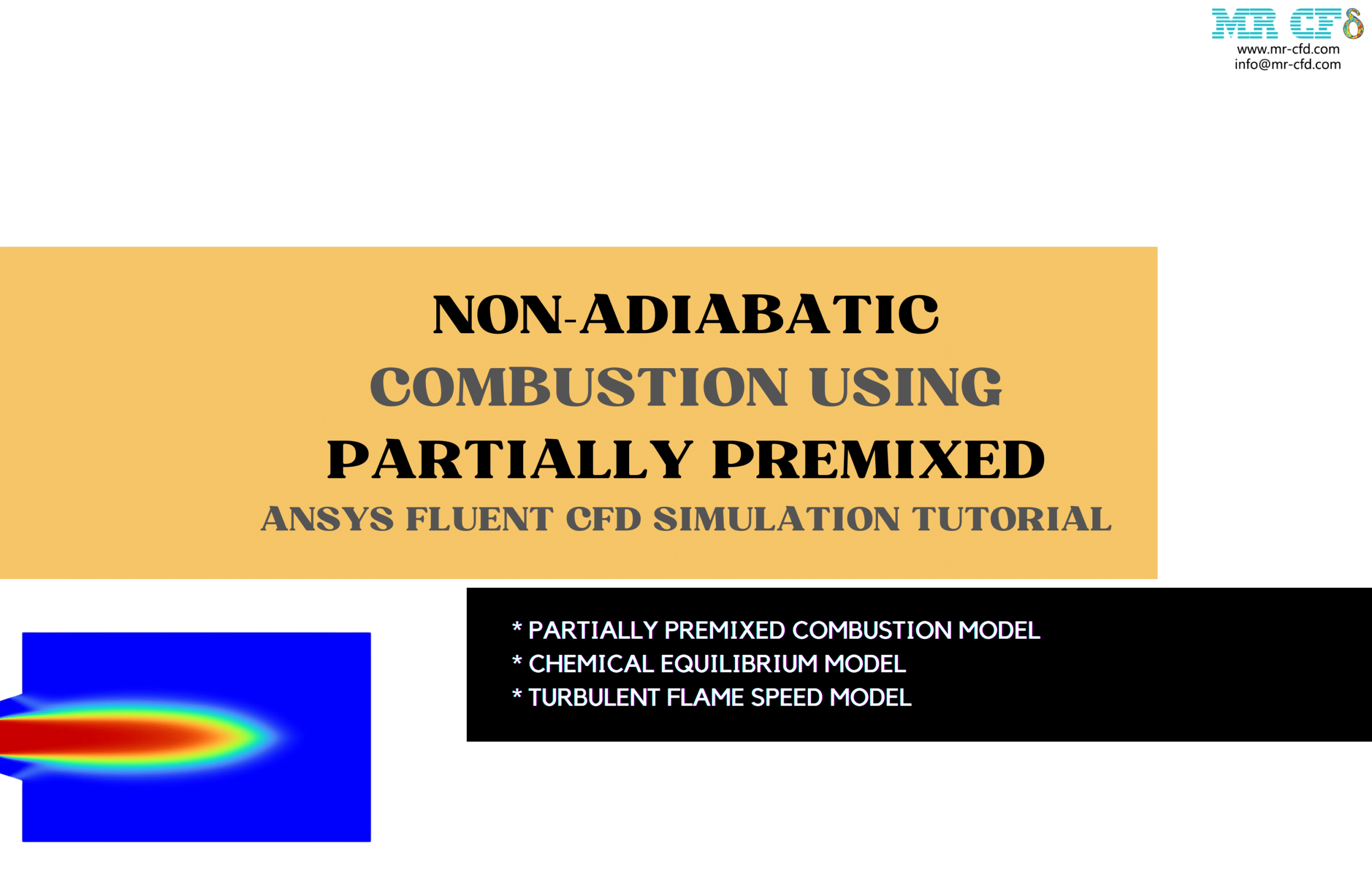
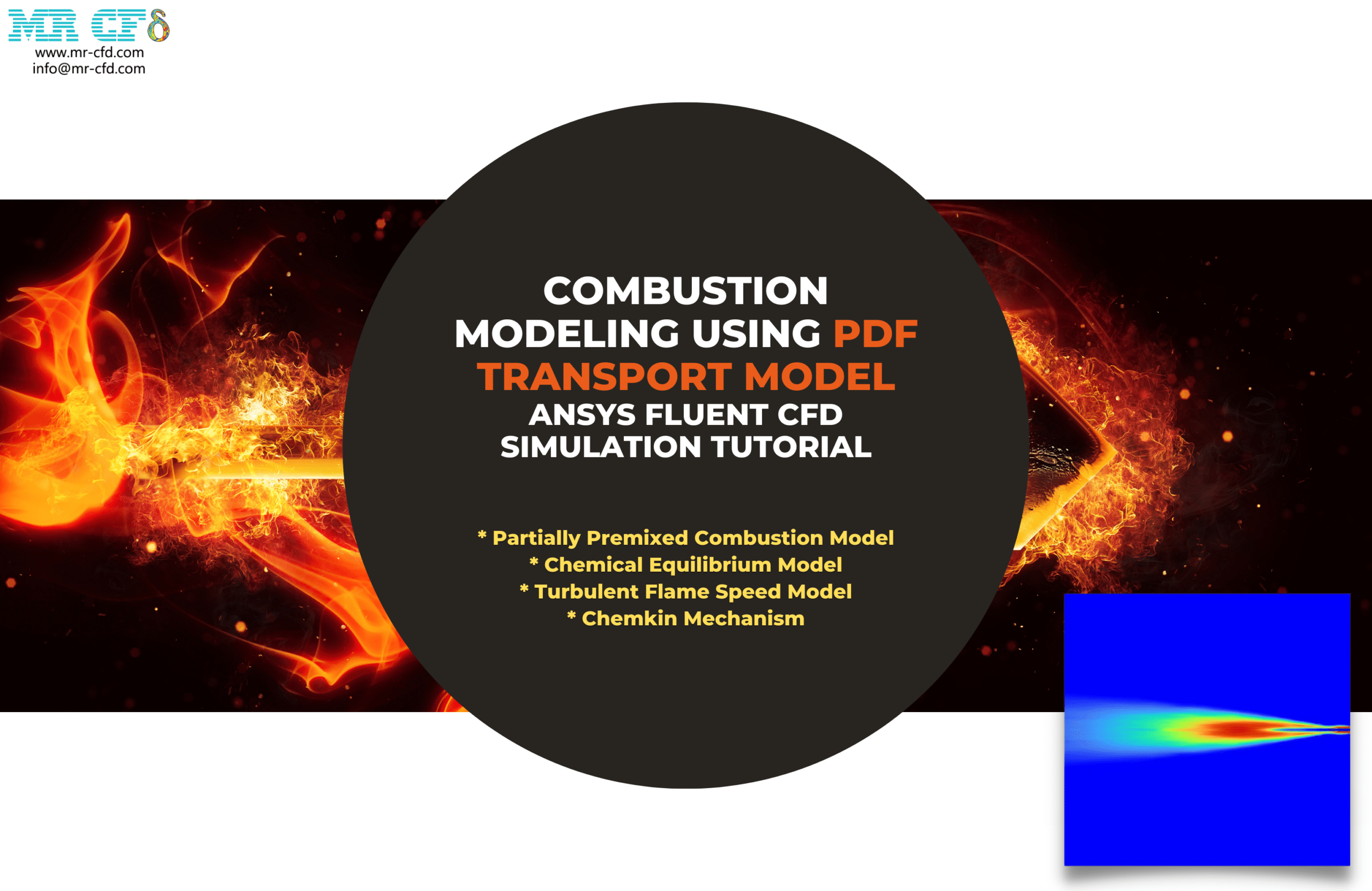
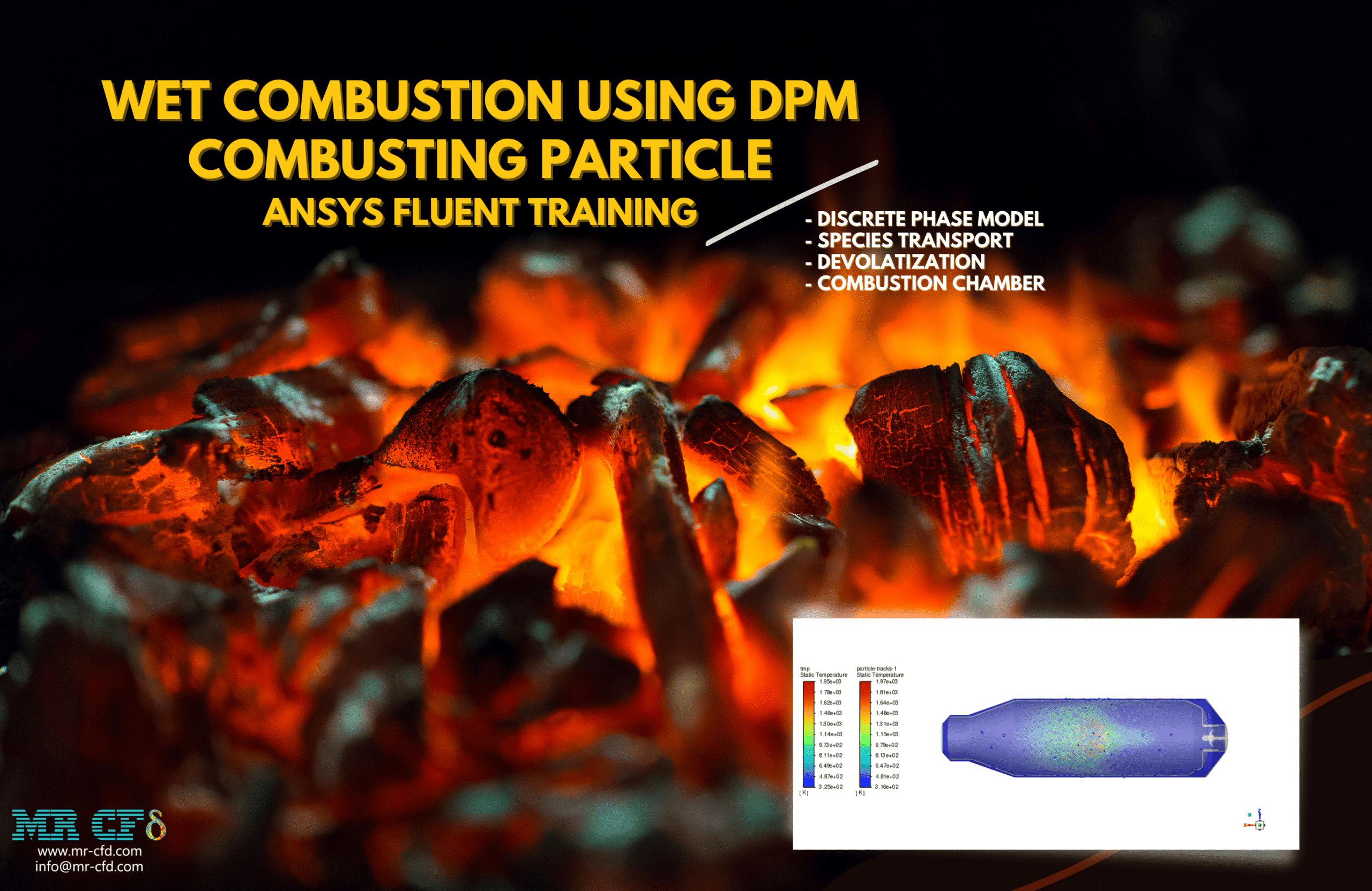


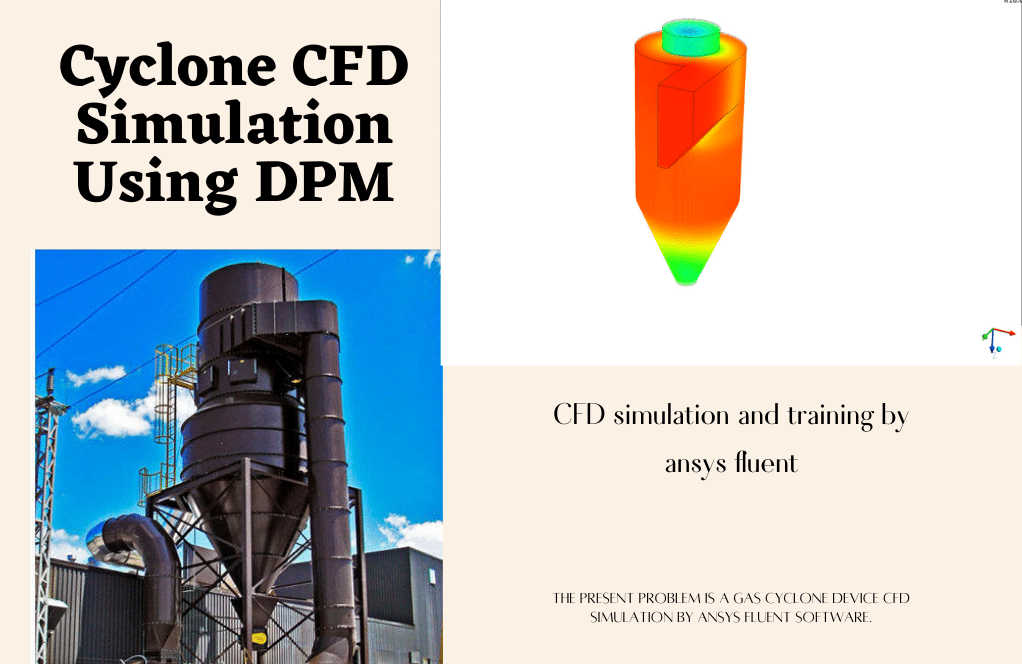
Mozelle Bergnaum –
The Advanced Combustion Training Course really elevated my understanding of complex modeling, especially the detailed approach to combustion types and finite rate chemistry models. The hands-on practice with ANSYS Fluent was invaluable.
MR CFD Support –
Thank you for your positive feedback! We’re glad to hear that our Advanced Combustion Training Course has significantly enhanced your understanding of combustion modeling and provided you with practical experience in ANSYS Fluent. It’s always rewarding to know that our courses are helping our clients build valuable skills. Keep exploring and learning!
Mireille Johnston –
Just completed the Advanced Combustion Training Course and I have to say it was incredibly thorough and informative. The level of detail in the course material, especially around non-adiabatic combustion and DPM combusting particles, was exceptional. It was also helpful how the simulations were established step by step and allowed for hands-on learning. Great job on this course!
MR CFD Support –
Thank you for taking the time to provide your feedback on our Advanced Combustion Training Course! We’re thrilled to hear that you found the course thorough and informative. It’s fantastic to know that the detailed material and simulations were beneficial to your learning experience. We appreciate your compliments and are glad you enjoyed the step-by-step approach. If you have any further insights or need assistance as you continue to apply what you’ve learned, please don’t hesitate to reach out.
Maia Weissnat –
I just completed the Advanced Combustion Training Course and I must say, it was beyond my expectations! The clarity in explaining the combustion concepts, especially the wet combustion using DPM combusting particles, was remarkable. I now feel much more confident in setting up and analyzing combustion simulations.
MR CFD Support –
We’re thrilled to hear you found the Advanced Combustion Training Course informative and helpful! Your confidence in setting up and analyzing combustion simulations is exactly what we aim for our learners to achieve. Thank you for taking the time to share your positive experience. Keep up the great learning!
Opal Yost –
I enjoyed going through the Advanced Combustion Training Course. The comprehensive lessons and breakdown of complex concepts were invaluable. Applying what I’ve learned about the different types of combustion to a variety of applications has increased my confidence in using ANSYS Fluent for advanced combustion modeling. Thank you!
MR CFD Support –
We are delighted to hear that you found the Advanced Combustion Training Course comprehensive and informative. It’s fantastic to know how much confidence you’ve gained in using ANSYS Fluent for combustion modeling. We appreciate your feedback and thank you for choosing our course. We hope it serves you well in your future engineering endeavors!
Estefania Jakubowski –
The Advanced Combustion Training Course was outstanding! It contained a wealth of information, clearly explained every step of the combustion models, and provided practical simulation knowledge. The course structure made complex topics digestible, and the lesson on wet combustion with the DPM model was particularly enlightening. This has greatly enhanced my skill set for advanced combustion scenarios in engineering.
MR CFD Support –
Thank you so much for your positive feedback on the Advanced Combustion Training Course! We are thrilled to hear that the course material was informative and helpful to you, especially the section on wet combustion using the DPM model. It’s wonderful to know that our course has contributed to your skill set. We hope this course will continue to benefit your engineering projects and career growth. Should you have any questions in the future or require further assistance, please do not hesitate to reach out.
Mrs. Leila Tillman Jr. –
I completed the Advanced Combustion Training Course and found the materials on wet combustion using DPM combusting particles especially insightful. How do the simulations account for different phases or states of the material being combusted during the training?
MR CFD Support –
In the simulation of wet combustion using DPM combusting particles, we account for different phases by employing a coupling between the Discrete Phase Model (DPM) and Species Transport Model. This allows us to track and follow individual fuel particles as they undergo various changes in states such as devolatilization, oxidation, and finally going through gas-phase reactions where they may convert into gases like carbon dioxide and water vapor.
Yvette White –
I just completed the Advanced Combustion Training Course, and I am blown away by how much I’ve learned. It covered everything in great depth, especially the PDF transport model, which I found exceptionally informative. The lessons on creating and analyzing data using the equilibrium and PDF models were well-structured, with helpful visual aids.
MR CFD Support –
Thank you so much for your feedback on the Advanced Combustion Training Course! We’re delighted to hear that you found the material, particularly the PDF transport model section, to be in-depth and informative. It’s great to know the course structure and visual aids were useful to your learning experience. We appreciate you taking the time to share your thoughts and are thrilled to have been a part of your educational journey. If you need any further assistance or decide to deepen your knowledge with our other courses, don’t hesitate to reach out. Thank you for choosing MR CFD Company for your training.
Jude Dach –
The Advanced Combustion Training Course helped to clarify many of the challenging concepts in combustion modeling. I particularly enjoyed the hands-on approach to learning and found the lesson on the DPM combusting particles to be especially informative. The step-by-step guidance made it ashley klesser for me to understand the complex interaction between fuel particles and the oxidizing environment within a combustion chamber.
MR CFD Support –
Thank you for your positive review! We are thrilled to hear that the course clarified the advanced concepts of combustion simulation and that you found the DPM combusting particles lesson to be particularly beneficial. Your understanding of the fuel particle interactions in a combustion chamber is exactly what we aim to achieve with this course. We appreciate your feedback and hope you will continue to enjoy our offering of in-depth educational content.
Kaden Hudson –
I’m thrilled with how the Advanced Combustion Training Course provided a clear understanding of complex combustion processes, and the hands-on approach really solidified my learning. Cheers to the instructors for making daunting topics accessible!
MR CFD Support –
Thank you for your positive feedback! We are delighted to know the course enhanced your understanding of advanced combustion modeling and that our instructors were able to effectively convey the material. Your eagerness to learn inspires us to continue delivering quality education. If there’s anything more we can assist you with, don’t hesitate to reach out. Keep learning and keep innovating!
Dr. Theresia Turner –
Finished the Advanced Combustion Training Course and found it immensely beneficial for widening my CFD knowledge. Particularly impressed by the detailed breakdown of different combustion models and practical simulation setup guidance. Loved the data analysis part!
MR CFD Support –
Thank you for your positive review on the Advanced Combustion Training Course! We’re delighted to hear that the course has expanded your CFD expertise and that you found the practical simulations and data analysis sections to be of significant value. Your enthusiasm for learning is very much appreciated.
Prof. Kaela Torp –
This course seems extremely detailed. Do I need prior experience with ANSYS Fluent to start the Advanced Combustion Training Course, or can a beginner pick this up too?
MR CFD Support –
The Advanced Combustion Training Course is designed to cater to individuals who already have a fundamental understanding of CFD and are familiar with the basics of ANSYS Fluent software. However, it begins with introductory sections that cover fundamental concepts of combustion, which may help even those with limited prior experience. You are expected to have at least some basic knowledge of CFD principles to fully benefit from the course, but you do not have to be an expert in combustion modeling to get started.
Miss Kiana Moore I –
The Advanced Combustion Training Course has exceeded my expectations in both depth and practical implementation of the concepts. The lessons have been structured in a way that not only builds a robust theoretical foundation but also provides hands-on experience with ANSYS Fluent, which I found invaluable. Delving into various combustion models and tackling real-world practical setups has greatly enhanced my technical skills. Thank you for such a comprehensive and well-designed course.
MR CFD Support –
We’re thrilled to hear that the Advanced Combustion Training Course has met your educational needs and provided valuable hands-on experiences. Thank you for taking the time to share your positive feedback, and we’re confident that the skills you’ve gained will serve you well in your professional endeavors. We’re always here to foster learning and contribute to your continued success in the field of combustion modeling.
Mrs. Antonette Hodkiewicz –
I just completed the Advanced Combustion Training Course and I am impressed with the depth and quality of information provided. The range of combustion models and approaches to simulating complex scenarios are well-presented, and the practical applications truly enhance one’s understanding. The way how each lesson is constructed, from the fundamentals to the much complex PDF transport models, provides a solid grounding in combustion theory and simulation. The integration of DPM for wet combustion simulations in the final lesson is a game-changer for those dealing with combustion of volatile substances. Thank you for offering such a top-notch course!
MR CFD Support –
We’re thrilled to hear that you found the Advanced Combustion Training Course informative and beneficial for enhancing your understanding of complex combustion modeling! It’s great that you recognized the effort we put into making the course substantial and applicable to real-world scenarios. Thank you for taking the time to complete the course and for providing us with such wonderful feedback. We’re here to support your continued growth in the field of combustion modeling, so please don’t hesitate to reach out for further training or resources. Wishing you the best in your future combustion projects!
Leopoldo Leffler DDS –
I recently completed the Advanced Combustion Training Course and found it to be highly informative and detailed, imparting a comprehensive understanding of advanced combustion modeling. The depth it went into regarding the different models and configurations within ANSYS Fluent was impressive. The practical simulations and examples provided an immersive learning experience that was invaluable in grasping the intricate concepts of various combustion processes.
MR CFD Support –
We’re delighted to hear that you had a positive and enriching learning experience with our Advanced Combustion Training Course. It is wonderful to know that you found the course material to be comprehensive and the practical examples to be useful for understanding advanced combustion modeling in ANSYS Fluent. We appreciate you taking the time to share your feedback and are here to support your continuous learning journey. Thank you for choosing our course to further your expertise in the field.
Helmer Bashirian –
I recently completed the Advanced Combustion Training Course and learned so much about combustion modeling. The layered approach, progressing from basic concepts to more complex models, made it easy for me to grasp the fundamentals and apply them to more advanced scenarios. Breaking down the lessons into focused sections allowed for a smoother learning curve. Well-structured and informative!
MR CFD Support –
Thank you for your kind words! We’re thrilled to hear that the course structure was beneficial for your learning experience. It’s great to know that you could easily understand and apply the advanced combustion models. If you ever need further learning materials or support, our team is always here to help. Keep on exploring and applying your new skills!
Maxwell Kshlerin –
I really enjoyed the Advanced Combustion Training Course especially the detail on non-adiabatic combustion modeling. I have a good foundation on combustion concepts but this training clarified many of the advanced topics. I would recommend it to anyone looking to deepen their understanding of combustion in ANSYS Fluent. Thank you for providing such valuable content!
MR CFD Support –
Thank you for your kind words and positive review! We’re thrilled to hear that the course has helped clarify advanced combustion modeling concepts for you. It’s great to know that our content is making a difference for professionals looking to expand their skills in ANSYS Fluent. If there’s anything more we can do to support your learning journey, please don’t hesitate to reach out. We’re here to help. Keep up the great work!
Bryce Runte –
I found the content of the Advanced Combustion Training Course truly enriching and detailed, particularly the practical simulations and step-by-step exercises which greatly enhanced my understanding of combustion models.
MR CFD Support –
Thank you for your kind words! We’re delighted to hear that our course content and practical simulations were effective in enhancing your understanding of advanced combustion models. If you need further assistance or advanced courses, feel free to reach out. Your success is our top priority!
Jayme Rempel –
This course seems like the perfect next step for me to enhance my combustion modeling skills. Can you please confirm if it includes practice simulations to contextualize the learning material?
MR CFD Support –
Yes, the Advanced Combustion Training Course includes hands-on practice simulations where you can apply the concepts learned within the course. These practice sessions are designed to strengthen your understanding of combustion modeling and allow you to contextualize the theoretical material through practical application using ANSYS Fluent.
Porter Kuhn MD –
I just finished the Advanced Combustion Training Course and I found the material to be in-depth, well-organized, and truly informative. Implementing the simulations in ANSYS Fluent provided a practical hands-on approach to understanding advanced combustion concepts, which I believe is crucial for mastery in the field.
MR CFD Support –
Thank you for your positive feedback on our Advanced Combustion Training Course! We’re thrilled to hear that the course content and practical exercises met your expectations for creating an effective learning experience. If you wish to continue enhancing your engineering skills or have any future learning requirements, feel free to explore our other courses. We’re here to help you succeed in your profession. Best wishes on your journey towards becoming an expert in combustion modeling!
Laurel Toy II –
I finished the Advanced Combustion Training Course and found the sections exceptionally well-structured. The balance between theory and practical application made complex topics much clearer. How do I dive deeper into non-premixed combustion for industrial applications specifically?
MR CFD Support –
Thank you for your kind words. If you are looking to further study non-premixed combustion for industrial applications, we recommend delving into case studies and practical projects within industries of interest. You can complement your knowledge with specific industry-based computational tools and onsite training. Furthermore, attending webinars or workshops led by field experts can enhance practical insights depending on the industry you are focusing on.
Madelyn Homenick –
This training course seems like a good fit for someone with my background. Is there a lesson on how to set up real-world industrial combustion applications such as boilers or furnaces?
MR CFD Support –
The Advanced Combustion Training Course focuses on the fundamental and advanced concepts of combustion, applicable to a variety of combustion models and scenarios. While it discusses different combustion applications and includes lessons on various forms of combustion such as premixed, non-premixed, and partially premixed within ANSYS Fluent, it may generalize to applications like boilers or furnaces. The skills learned in this course, like setting up the combustion simulation and adjusting relevant models and parameters, can certainly be transferred to industrial applications, including boilers and furnaces.
Christine Reynolds V –
I found the Advanced Combustion Training Course to be profoundly informative and useful. The lesson structure and practical examples provided a solid groundwork in combustion modeling using ANSYS Fluent. However, do you provide any hands-on sessions or projects to work on with this course in order to apply what I learn in practice?
MR CFD Support –
Thank you for the positive feedback on our Advanced Combustion Training Course. Yes, our course includes hands-on simulation projects after each lesson where you can apply the concepts learned during the lectures. These projects provide an opportunity to work with ANSYS Fluent on real-case scenarios, empowering you to solidify your understanding of the combustion modeling process.
Ms. Amara Herman PhD –
I’ve just finished the Advanced Combustion Training Course. The clarity in explaining partly premixed combustion, non-adiabatic combustion, and how to deal with DPM combusting particles was remarkable. I appreciated the well-structured approach, taking complex subjects and making them understandable.
MR CFD Support –
Thank you for your review. We are thrilled to hear that our course has provided you with a clear understanding of advanced combustion concepts. It’s our goal to demystify complex topics and empower our learners. Should you have any further questions or wish to continue advancing your skills, please don’t hesitate to explore our other training offerings!
Mr. Morton Douglas I –
The Advanced Combustion Training Course is fantastic! After finishing it, I feel confident in setting up and running advanced combustion simulations in ANSYS Fluent.
MR CFD Support –
We’re thrilled to hear you enjoyed the Advanced Combustion Training Course and found it beneficial for mastering complex simulations in ANSYS Fluent. Thank you for choosing our course to advance your skills, and don’t hesitate to reach out if you need further assistance. Your success is our priority!
Stefan Kuhic –
I just finished the Advanced Combustion Training Course, and I’m really impressed with the structure and content! The blend of theory and hands-on simulation practice has given me a strong understanding of combustion processes and the confidence to apply this knowledge. The lessons on partially premixed combustion and PDF transport models were particularly insightful! Thank you for providing such a valuable resource!
MR CFD Support –
Thank you so much for taking the time to leave us this amazing review! We are thrilled to hear that you found the Advanced Combustion Training Course to be both insightful and useful. It’s fulfilling to know the course structure and content empowered you with a strong understanding and practical experience. If you have any further questions about combustion modeling or need any more assistance, don’t hesitate to reach out. Keep up the great work and we look forward to assisting you in your future engineering endeavors!
Eleanore Koch –
I recently completed the Advanced Combustion Course and I’m impressed with the depth of the material. The balance between the academic theory and practical application was perfect for someone like me with a basic understanding but wanting to advance knowledge. Could you tell me if there are follow-up courses or further study materials I can use to build on what I’ve learned in this course?
MR CFD Support –
We appreciate your positive feedback on the Advanced Combustion Training Course! We’re glad to hear that you found the course material beneficial and well-balanced. As for your query, yes, we do offer follow-up courses and additional study materials that delve deeper into specialized topics of combustion and simulation. Please check out our ‘Specialized Topics in Combustion Modeling’ series or contact our support team for a personalized learning path and greater insight into advanced CFD analysis. We are committed to providing continuous learning opportunities to expand your expertise in advanced combustion and related fields.